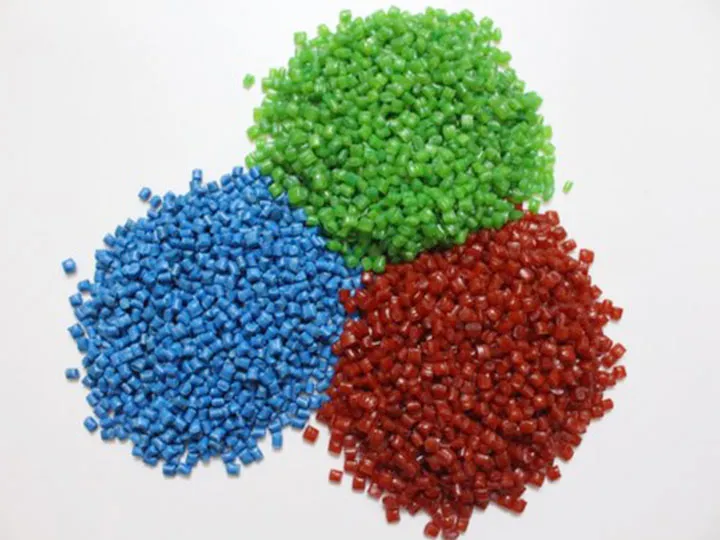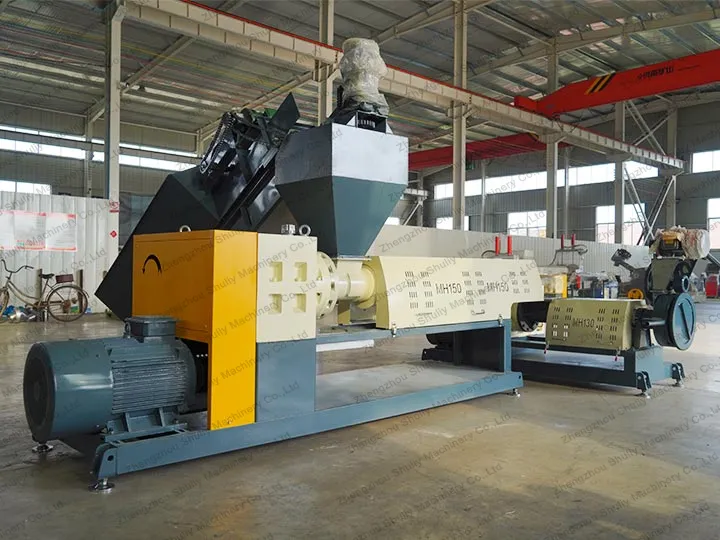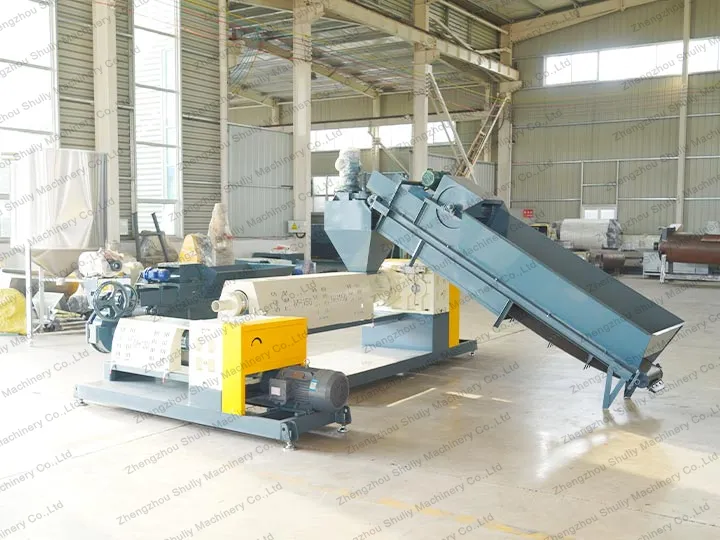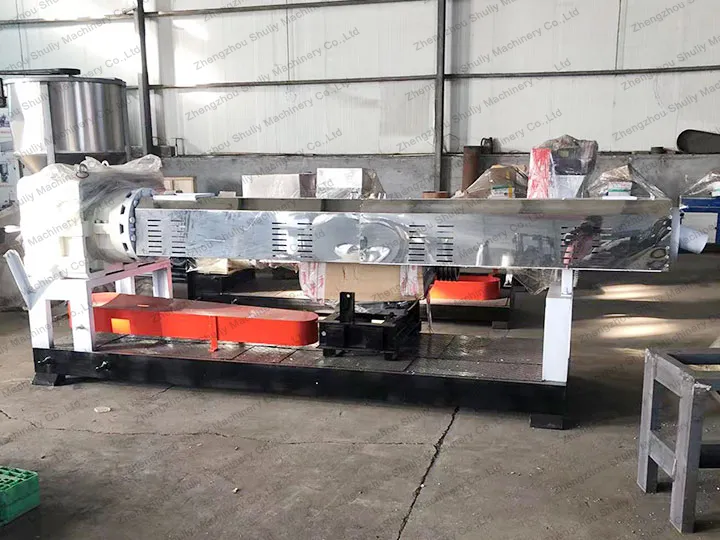Plastic recycling is an important area of environmental protection and sustainability. Through plastic granule making machines, waste plastics are converted into recycled pellets. However, during this process, different types of plastics may experience changes in color and properties. The following will take polyvinyl chloride (PVC), polyethylene (PE), polypropylene (PP), and polystyrene (PS) as examples to explore the changes in these plastics after passing through a plastic pelletizer.
Polyvinyl chloride (PVC)
PVC is a common plastic that undergoes a more significant color change after being processed by a plastic granule making machine. After one regeneration extrusion, PVC pellets may appear light brown, and after three extrusions they may change to an opaque brown color. In addition, an increase in the number of regenerations will result in a decrease in the viscosity of high-density PVC and an increase in the viscosity of low-density PVC. In order to slow down the color change, it is recommended to add stabilizers.

Polyethylene (PE)
Polyethylene may appear to lighten in color and turn yellow after passing through the pelleting machine. After several regenerations, especially with high-density polyethylene, the viscosity may decrease. However, the viscosity of low-density polyethylene tends to increase.
Polypropylene (PP)
Polypropylene has a relatively small change in color during processing in plastic granule making machines. The color remains virtually unchanged during primary regeneration. However, the melt index may increase, which may have an effect on the flow and processing properties of polypropylene.

Polystyrene (PS)
After treatment with a pelleting machine, polystyrene may take on a yellow color, so coloring is usually required. An increase in the number of regenerations results in a decrease in properties, and the degree of decrease is proportional to the number of regenerations.
Recommendations on plastics recycling
The production of these changes is closely related to factors such as the molecular structure of the plastic, additives, and the number of times it is recycled. Therefore, when processing with a plastic granule making machine, the color and property changes of the plastic need to be considered comprehensively to ensure that the final regenerated pellets can meet the expected requirements and standards. In addition, appropriate processing methods and the use of additives can also slow down the occurrence of color and property changes and improve the quality of recycled plastics.

